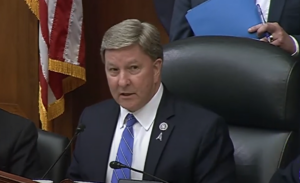
The House Armed Services Committee on Monday released its roughly $895 billion draft version of the next defense policy bill, to include authorizing $849.8 billion for the Pentagon, adhering to the one percent spending cap from last year’s debt limit deal. HASC Chair Mike Rogers (R-Ala.) had signaled his panel would put forth a National Defense Authorization Act for fiscal year 2025 that supported a topline at the “hand dealt to us” by last year’s Fiscal Responsibility Act and put…

 By
By 











